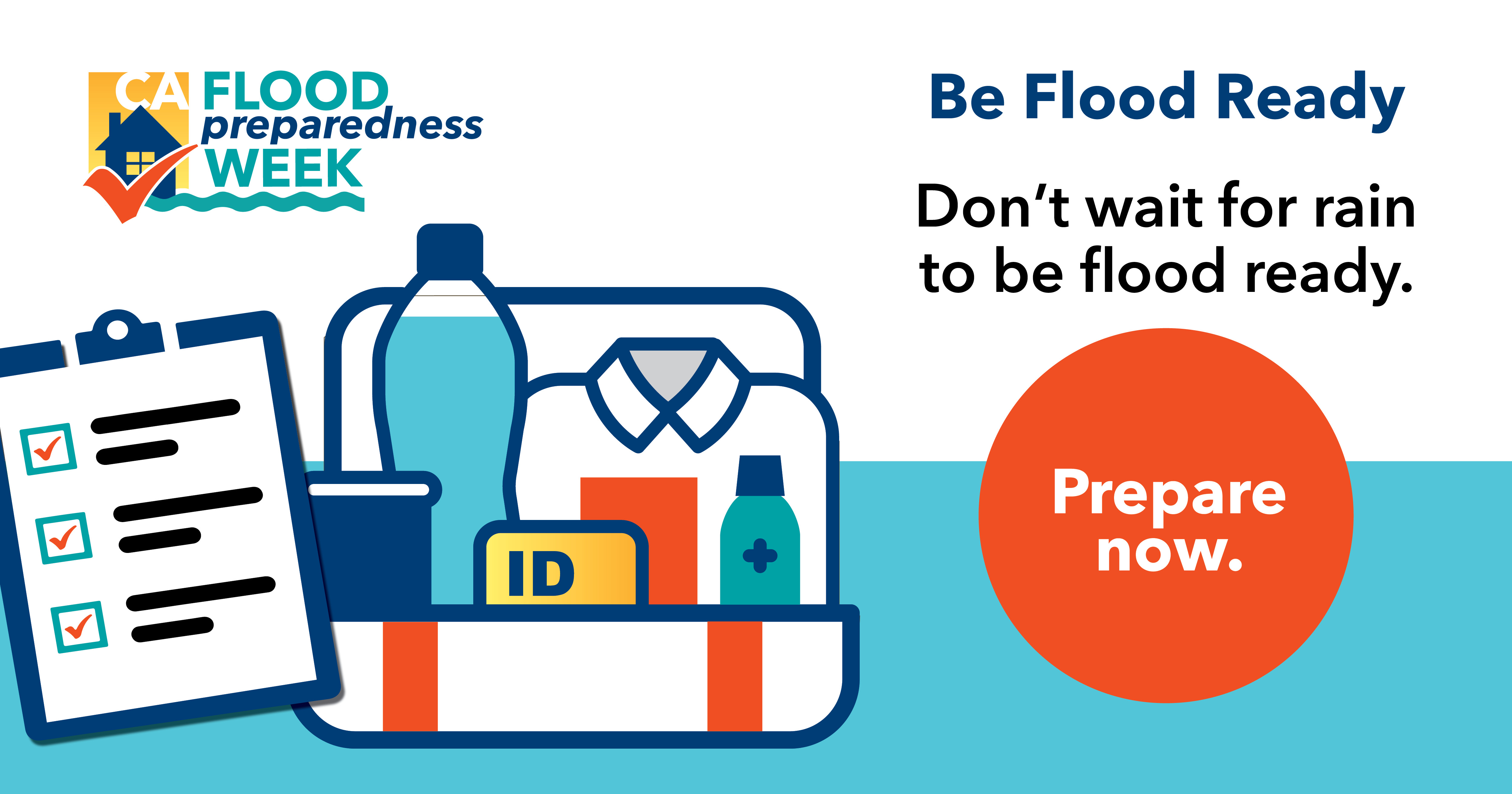Interpreting Flood Alerts: A Practical Guide To Flood Preparedness

Table of Contents
Understanding Different Types of Flood Alerts
Successfully navigating flood events begins with understanding the various types of flood alerts issued. These alerts are designed to inform the public of potential or impending flood dangers and guide appropriate actions.
Severity Levels of Flood Warnings
Flood alerts are categorized into different severity levels, indicating the urgency and potential impact of the impending flood. Misinterpreting these levels can have serious consequences. Here’s a breakdown:
- Flood Watch: Conditions are favorable for flooding. Stay informed and be prepared to take action if flooding occurs.
- Action to take: Monitor weather reports, prepare an emergency kit, and identify potential escape routes.
- Flood Warning: Flooding is occurring or is imminent. Take immediate action to protect yourself and your property.
- Action to take: Evacuate if instructed, move valuables to higher ground, and avoid floodwaters.
- Flood Advisory: Minor flooding is occurring or is expected. Use caution near rivers, streams, and other areas prone to flooding.
- Action to take: Monitor conditions and avoid driving through flooded areas.
| Alert Level | Description | Action to Take |
|---|---|---|
| Flood Watch | Conditions are favorable for flooding. | Monitor weather, prepare emergency kit, identify escape routes. |
| Flood Warning | Flooding is occurring or is imminent. | Evacuate if instructed, move valuables, avoid floodwaters. |
| Flood Advisory | Minor flooding is occurring or expected. | Use caution near waterways, avoid driving through flooded areas. |
Sources of Flood Alerts
Reliable information is paramount during flood events. Multiple sources should be consulted to confirm warnings and understand the evolving situation. Key sources include:
- National Weather Service (NWS): The primary source for official weather information, including flood alerts. [Link to NWS website]
- Local News: TV, radio, and online news outlets often provide localized flood alerts and updates.
- Weather Apps: Many smartphone apps provide real-time weather alerts and forecasts, including flood warnings.
- Emergency Alert System (EAS): This system delivers urgent alerts directly to your devices (e.g., cell phones, TV).
Deciphering the Information in Flood Alerts
Flood alerts contain crucial information you need to understand and act upon. Learning to interpret these messages effectively is critical to your safety.
Identifying Key Information
Flood alerts typically include the following key information:
- Affected Areas: Precisely identifies the geographical regions at risk. Understanding the location is crucial.
- Predicted Water Levels: Indicates the expected height of floodwaters, providing a measure of potential impact.
- Timing: Specifies the anticipated start and duration of flooding, enabling appropriate planning.
- Potential Dangers: Highlights specific threats, such as rapidly rising waters, debris, and power outages.
- Jargon: Familiarize yourself with terms like "crest," "gauge height," and "upstream."
Interpreting Geographic Information
Understanding the maps and geographic references within flood alerts is vital.
- Use online mapping tools: Google Maps or similar services can help you visualize the affected areas and determine your risk.
- Pay attention to river names and landmarks: These help pinpoint the exact location of the potential flooding.
- Understand elevation: Higher elevations generally have lower flood risk, but even higher ground can be vulnerable during significant events.
Creating a Flood Preparedness Plan
Proactive planning is key to mitigating the impact of a flood. Developing a comprehensive plan well before a flood threat arises is essential.
Building an Emergency Kit
A well-stocked emergency kit is crucial. Include:
- Water: At least one gallon per person per day for several days.
- Food: Non-perishable items, easy to prepare.
- Medications: A supply of essential medications for several days.
- First Aid Kit: Include bandages, antiseptic wipes, pain relievers.
- Important Documents: Copies of insurance policies, identification, and other essential papers in a waterproof bag.
- Flashlight and batteries: For communication and navigation during power outages.
- Radio: Battery-powered radio for receiving emergency broadcasts.
Developing an Evacuation Plan
A detailed evacuation plan is critical:
- Identify escape routes: Plan multiple routes to higher ground, considering potential road closures.
- Choose a meeting point: Designate a location outside the flood zone for family members to reunite.
- Arrange transportation: Determine how you'll evacuate (car, public transport, walking).
- Know your community's evacuation plan: Check your local government’s website for guidance.
Protecting Your Property
Protecting your property requires preventive measures:
- Flood insurance: Provides financial protection against flood damage.
- Elevate valuables: Move important items to higher floors or a safe location.
- Install flood barriers: Consider sandbags or commercially available barriers to protect your home.
- Clear gutters and drains: Prevent water from accumulating around your property.
Responding to Flood Alerts: Actions to Take
Knowing how to react quickly and efficiently when a flood alert is issued is crucial.
Immediate Actions
Upon receiving a flood alert:
- Move valuables to higher ground: Protect essential documents, electronics, and irreplaceable items.
- Prepare your vehicle: Ensure your vehicle is fueled and ready for evacuation.
- Monitor the situation: Continuously check for updates from official sources.
Evacuation Procedures
If instructed to evacuate:
- Follow official instructions: Obey evacuation orders and guidance from emergency personnel.
- Secure your home: Lock doors and windows, and disconnect any electrical appliances.
- Travel safely: Avoid flooded areas and follow designated evacuation routes.
Post-Flood Actions
After the floodwaters recede:
- Contact your insurance company: Report any damages immediately.
- Seek help from authorities: Contact emergency services if you require assistance.
- Clean up safely: Use caution when cleaning up; be aware of potential hazards like damaged structures and contaminated water.
Conclusion
Effectively interpreting flood alerts and implementing a robust flood preparedness plan are critical for minimizing the impact of flooding. Understanding different alert levels, utilizing reliable information sources, and having a comprehensive plan in place are vital steps in protecting yourself and your loved ones. Create your own flood preparedness plan today and stay informed about flood warnings and flood advisories in your area to ensure your safety and mitigate potential damage. Don't wait until it's too late; prepare for flooding now.

Featured Posts
-
 Ovde Penzioneri Uzivaju Luksuz Skuplje Vile I Bogatstvo Koje Svet Zavidi
May 25, 2025
Ovde Penzioneri Uzivaju Luksuz Skuplje Vile I Bogatstvo Koje Svet Zavidi
May 25, 2025 -
 Svadby Na Kharkovschine 600 Brakov Za Mesyats Tendentsii I Statistika
May 25, 2025
Svadby Na Kharkovschine 600 Brakov Za Mesyats Tendentsii I Statistika
May 25, 2025 -
 Atletico Madrid In 3 Maclik Kayip Doenemi Bitti
May 25, 2025
Atletico Madrid In 3 Maclik Kayip Doenemi Bitti
May 25, 2025 -
 Amundi Msci World Ii Ucits Etf Usd Hedged Dist Understanding Net Asset Value Nav
May 25, 2025
Amundi Msci World Ii Ucits Etf Usd Hedged Dist Understanding Net Asset Value Nav
May 25, 2025 -
 How To Interpret The Net Asset Value Nav Of Amundi Msci World Ii Ucits Etf Usd Hedged Dist
May 25, 2025
How To Interpret The Net Asset Value Nav Of Amundi Msci World Ii Ucits Etf Usd Hedged Dist
May 25, 2025
